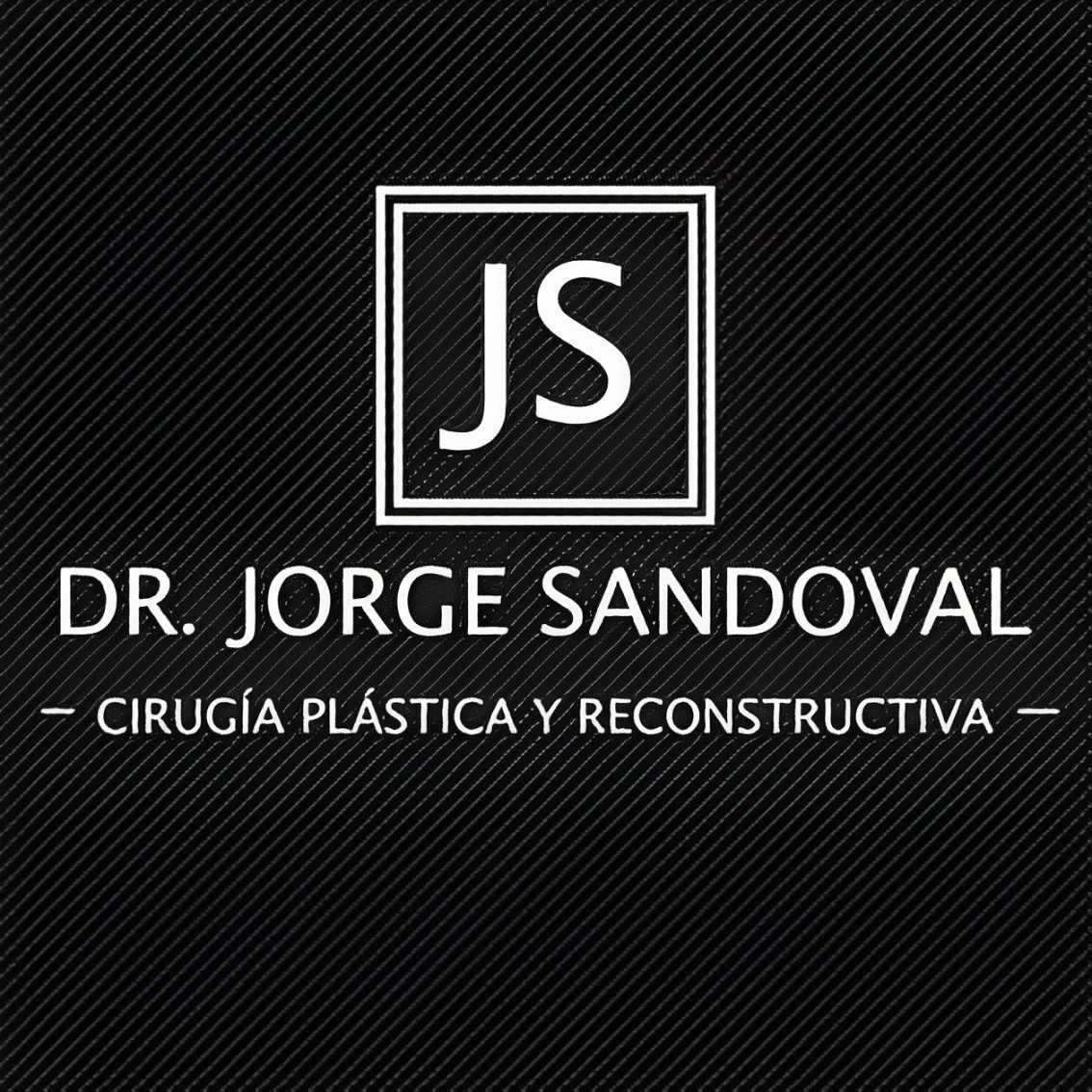What to Expect After Male Breast Reduction in Mexico
.jpg)
Going for male breast reduction surgery, also known as gynecomastia surgery, can be a life-changing decision for many men looking to regain confidence and a more masculine chest contour. With the rising popularity of medical tourism, Mexico has become a frequent destination for those seeking affordable procedures. While the prospect of lower costs can be very appealing, it's natural and responsible to ask: "What are the risks of male breast reduction in Mexico?"
Understanding these potential risks is crucial for anyone considering this journey. From general surgical complications to specific issues related to the procedure itself, and even those unique to having surgery in a foreign country, being well-informed empowers you to make safe and confident choices. Let's delve into the important considerations, helping you navigate the decision-making process with clarity and knowledge.
What are the general surgical risks of male breast reduction?
Like any surgical procedure, male breast reduction carries a set of general risks. These are not unique to gynecomastia surgery or to having the procedure in Mexico, but are inherent to any invasive medical intervention. One of the primary concerns is bleeding, which can occur during or after the surgery and may sometimes require further intervention.
Another significant risk is infection at the surgical site. While surgeons take precautions to maintain a sterile environment, infections can still develop and may require antibiotics or, in severe cases, additional drainage. Adverse reactions to anesthesia are also a possibility, ranging from mild nausea and dizziness to more serious cardiac or respiratory complications, which is why a thorough pre-operative assessment by an anesthesiologist is vital.
Lastly, patients might experience seroma, which is the accumulation of fluid under the skin, or temporary or permanent changes in sensation in the chest area.
Are there specific risks unique to gynecomastia surgery?
Beyond the general surgical risks, male breast reduction has its own set of potential outcomes that can affect the aesthetic result. One common concern is asymmetry, where one side of the chest may not look exactly like the other. This can be due to differences in swelling, healing, or uneven removal of tissue. Similarly, contour irregularities, such as dimpling or depressions in the skin, can occur if fat or glandular tissue removal isn't perfectly smooth.
Patients may also experience persistent swelling for a prolonged period, sometimes taking several months to fully resolve. In cases where a large amount of tissue is removed, particularly in older patients or those with poor skin elasticity, skin laxity or loose skin can be a concern. Poor scar healing, leading to visible or raised scars, is another specific risk.
Additionally, there are potential issues with the nipple-areola complex, including loss of sensation, changes in color, or, in very rare instances, nipple necrosis (tissue death), particularly if a large amount of tissue is removed or if blood supply is compromised.
What are the risks of getting male breast reduction in Mexico specifically?
Opting for male breast reduction in Mexico introduces additional considerations that are specific to medical tourism. While many Mexican clinics offer excellent care, there can be variations in medical standards and facility accreditation compared to what one might be accustomed to in their home country. It’s crucial to thoroughly research and verify the clinic's credentials and hygiene protocols.
Another challenge is the difficulty in thoroughly verifying surgeon credentials. While some surgeons are highly qualified, it can be harder for international patients to check board certifications, experience levels, and disciplinary records. Communication barriers are also a significant risk; misunderstandings due to language differences can affect everything from discussing medical history to understanding post-operative instructions.
Lastly, if complications arise, navigating post-operative follow-up care from a distance can be difficult and costly, and limited legal recourse may be available if things go wrong.
How does surgeon qualification impact safety in Mexico?
The expertise and qualifications of your surgeon are paramount to the safety and success of male breast reduction, especially when traveling for surgery. A highly qualified surgeon, typically one who is board-certified in plastic surgery, has undergone rigorous training and demonstrated a high level of competency in their field. This certification ensures they meet specific standards of education, training, and ethical practice.
Beyond certification, a surgeon's experience specifically with male breast reduction procedures is invaluable. Surgeons who perform this surgery frequently are more adept at handling different anatomical variations, anticipating potential challenges, and achieving natural-looking results.
They are also better equipped to manage any complications that may arise during or after the surgery. Thoroughly researching a surgeon’s qualifications, checking their professional affiliations, and reviewing their before-and-after portfolios are critical steps to mitigate risks.
What are the risks of poor aftercare following male breast reduction in Mexico?
The success of male breast reduction doesn't end when you leave the operating room; proper aftercare is just as vital. If post-operative instructions are not followed diligently, or if adequate follow-up care is lacking, the risks of complications increase significantly. For instance, neglecting wound care can heighten the chances of infection, while failing to wear compression garments as directed can contribute to fluid accumulation (seroma) or blood clots (hematoma).
Furthermore, poor aftercare can impede the natural healing process, leading to delayed wound healing or the formation of more prominent scars. A lack of proper guidance during recovery can also result in suboptimal aesthetic results, such as uneven contours or persistent swelling, which might require costly and inconvenient revision surgeries. Ensuring you have a clear understanding of your aftercare plan and access to medical advice, even after returning home, is crucial.
Can language barriers affect safety during surgery in Mexico?
When undergoing a medical procedure in a foreign country, a language barrier can introduce a layer of risk that might not be present at home. Clear communication between you and your medical team is essential at every stage of the process. If there's a significant language difference, critical information could be misinterpreted or lost.
This can manifest in several ways: you might struggle to accurately convey your complete medical history, allergies, or current medications, which could lead to unforeseen complications. Understanding detailed pre-operative instructions, the intricacies of the surgical procedure explained in consent forms, or specific post-operative care guidelines becomes challenging.
Miscommunication can also affect your ability to describe symptoms of pain or discomfort effectively during recovery, potentially delaying necessary interventions and impacting the overall safety and success of your male breast reduction.
What financial risks are associated with male breast reduction in Mexico?
While the lower cost is often a primary motivator for seeking surgery in Mexico, it's important to be aware of the potential financial risks involved. The initial quoted price might not cover all expenses, leading to unexpected additional costs for medications, specialized tests, or extended hospital stays. It’s crucial to get a comprehensive breakdown of all potential charges upfront.
Another significant risk is that most domestic health insurance policies do not cover complications arising from elective surgeries performed abroad. This means if you experience an adverse event or complication, you could be entirely responsible for the cost of its treatment, which can be substantial.
Furthermore, if the initial surgery yields unsatisfactory results, you might need a revision surgery, incurring additional surgical fees and potentially more travel expenses if you need to return to Mexico or seek treatment closer to home. Planning for a contingency fund is a wise financial strategy.
How do regulatory differences in Mexico impact patient safety?
The regulatory environment for medical facilities and practitioners can differ significantly between countries. In Mexico, while many clinics and hospitals meet international standards, others may operate under less stringent regulations compared to some other nations. This means that medical facility accreditation and licensing standards, as well as oversight bodies, might not be as robust or as easily verifiable for international patients.
These differences can affect various aspects of patient safety, from the quality of equipment and facility maintenance to sterilization practices and emergency protocols. It is essential for patients to conduct thorough due diligence, looking for clinics that are accredited by recognized international bodies (like JCI) or reputable national organizations. Asking specific questions about surgical safety protocols, equipment maintenance, and emergency preparedness can help ensure you are choosing a facility that prioritizes patient well-being.
What are the potential complications of anesthesia during male breast reduction in Mexico?
Anesthesia is a vital part of any surgical procedure, including male breast reduction, and it carries its own set of potential complications. While most anesthesia experiences are uneventful, some patients may encounter adverse reactions. Common, less severe issues include nausea, vomiting, sore throat, or dizziness upon waking. These are usually temporary and manageable.
More serious, though rare, complications can include allergic reactions to anesthetic agents, respiratory problems such as difficulty breathing or pneumonia, and even severe cardiovascular events like heart attack or stroke. The risk of these more serious complications is often linked to a patient's overall health and pre-existing conditions. This underscores the importance of a thorough pre-operative medical evaluation and assessment by a qualified anesthesiologist, ensuring that the safest type and dosage of anesthesia are administered.
What are the signs of infection after male breast reduction surgery?
Post-operative infection is a serious risk that requires prompt attention. Recognizing the signs early can prevent more severe complications and ensure effective treatment. After male breast reduction, you should closely monitor your incision sites for any changes.
Key indicators of an infection include: increased redness around the incision that spreads beyond the immediate area, the skin becoming noticeably warmer to the touch, and an increase in swelling or tenderness. You might also experience severe or worsening pain that isn't relieved by prescribed medication. The presence of pus or foul-smelling drainage from the incision is a definitive sign of infection. Finally, a fever, especially if accompanied by chills, is a systemic sign that your body is fighting an infection. If you notice any of these symptoms, it is crucial to seek immediate medical attention, whether you are still in Mexico or have returned home.
What steps can patients take to minimize risks when choosing a clinic in Mexico?
Minimizing the risks associated with male breast reduction in Mexico largely comes down to thorough preparation and due diligence. The first crucial step is to research and select a board-certified plastic surgeon with extensive experience specifically in gynecomastia surgery. Look for surgeons affiliated with reputable medical organizations and check their professional records.
Secondly, always verify the accreditation of the clinic or hospital where your surgery will be performed. Seek facilities that meet international safety standards or are recognized by established medical bodies. It’s also wise to review patient testimonials and before-and-after photos, seeking out genuine, unbiased feedback.
Ensure there are clear communication protocols in place, perhaps involving translators, to prevent misunderstandings. Ask detailed questions about the entire process, including what post-operative care is provided and how follow-up will be handled once you return home.
Finally, consider purchasing travel insurance that covers medical emergencies and have a financial contingency plan in case unexpected complications or extended stays are required. Being well-prepared is your best defense against potential risks.
Ready to explore safe and reliable options for your medical journey? Visit PlacidWay to connect with accredited healthcare providers worldwide and find the best solutions tailored to your needs.


.png)





-for-Vancouver-Patients-in-Guadalajara,-Mexico.jpg)

.png)






Share this listing